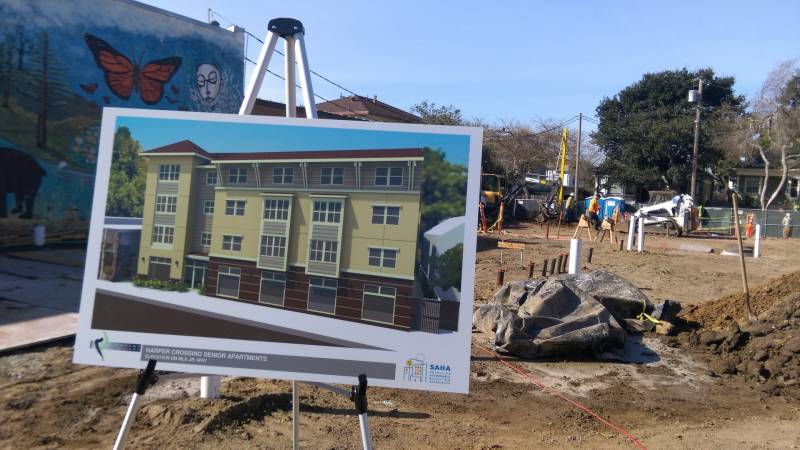Support in the Legislature is not a problem, as a proposed repeal passed the state Senate 37-0 earlier this year. But public support is another matter, and carries a big risk.
In 2020, with support for racial justice causes soaring in the aftermath of George Floyd's murder, backers spent more than $22 million on a campaign to change the California Constitution so public universities could consider a person's race when deciding whom to admit. They failed, with 57% of voters voting against the proposed change despite opponents spending only $1.7 million.
Once a campaign fails, it often takes years for supporters to muster enough support to try again. The last time supporters tried to repeal California's affordable housing law was nearly three decades ago, in 1993, when it failed, with only 40% voting in favor.
Supporters were prepared to put the proposal on the 2020 ballot, believing a presidential election year would increase turnout of younger voters and give it a better chance of passing. But they abandoned the effort because they could not secure funding for a sufficient campaign, Wiener said.
Lawmakers have to decide by June 30 whether to put it on the ballot this year or wait until 2024.
California's law requiring voters to approve publicly funded affordable housing projects came after a 1949 federal law that outlawed segregation in public housing projects. In 1950, a local housing authority in Eureka — 230 miles north of San Francisco — sought federal money to build lower-income housing.
Some residents tried to stop the project, but city leaders refused. So the residents put an amendment to the constitution on the ballot saying the government had to get voter approval before using public money to build affordable housing. The California Real Estate Association paid for the campaign, and it passed.
California is now the only state that has this law, and it applies only to public funding for affordable housing, which is disproportionately used by people of color.
“It's racist, classist," Wiener said. “I think it’s shocking to a lot of people that this is in our actual constitution.”
The provision has had a major impact on the state's development as California missed out on much of the federal government's abundant public housing spending in the 1950s and 1960s, according to Cynthia Castillo, a policy advocate for the Western Center on Law and Poverty.
“It has tied our hands in exploring solutions to the affordable housing crisis and homeless crisis in a sense by taking public housing off the table,” Castillo said.
There are some ways around the law. State lawmakers tweaked the definition of “low-rent housing project” to mean any development where more than 49% of the units are set aside for people with lower incomes. Anything less than that doesn't require an election.

